microgreens
Hier erfährst du, welches Superfood in unserer Containerfarm im Saarland
aktuell angebaut und verkauft wird.
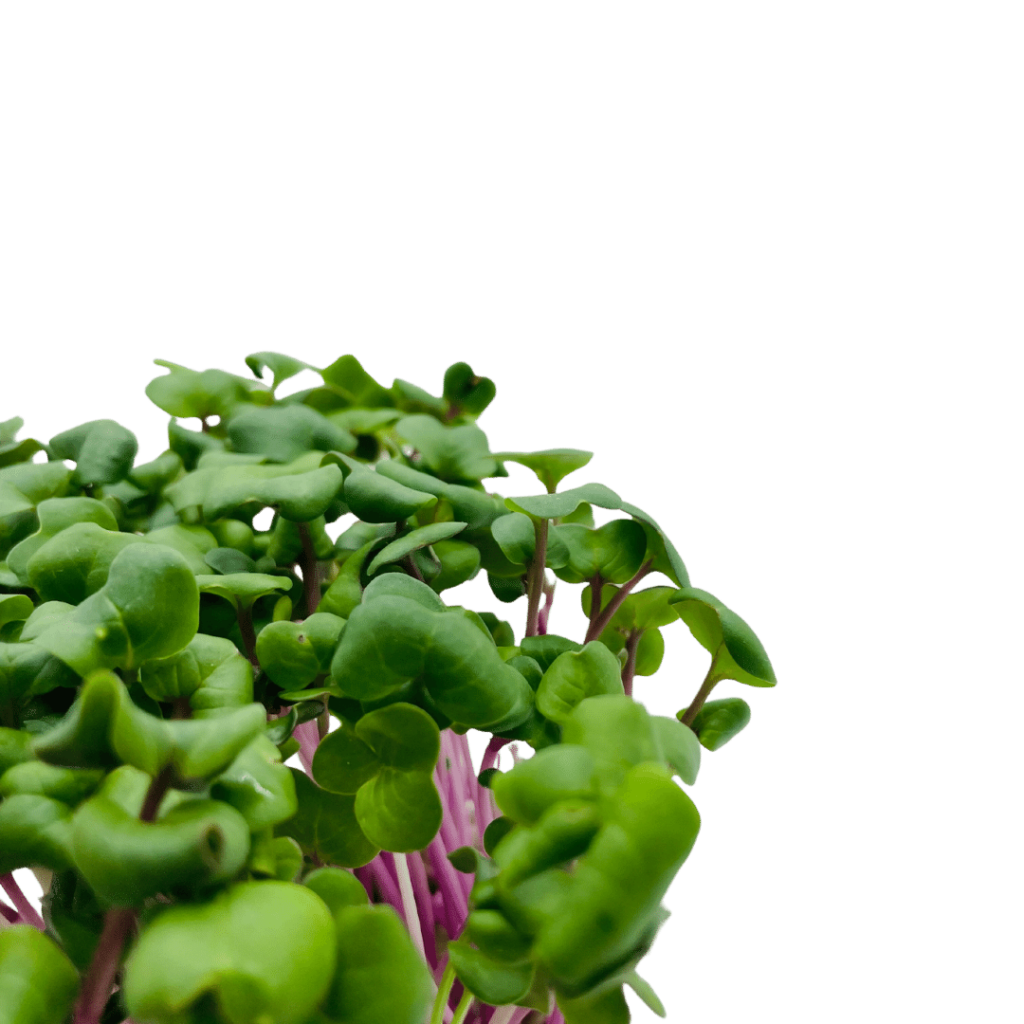
What are Microgreens?
After a plant has germinated, it is first called a shoot. As soon as it forms its first small leaf, it is called a microgreen. So they are a stage between a shoot and a finished plant.
Vitaminbombs
Microgreens may be small, but they are vitamin miracles. They are considered a superfood, because they contain more nutrients and vitamins than the ready-grown plants. They also have a very intense flavor.
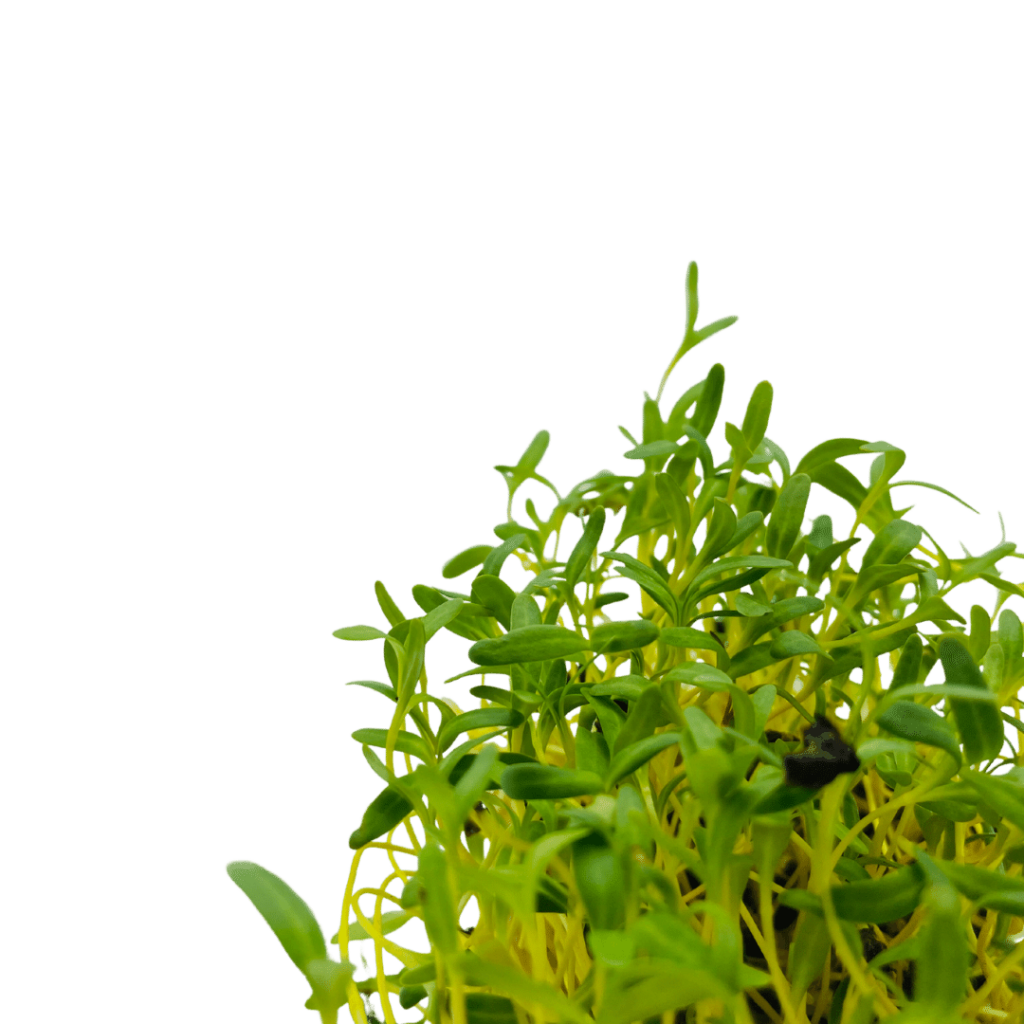
microgreens - maximum
taste
Microgreens are very versatile.
Fresh and raw they taste very good on bread in combination with spreads. As a garnish they enhance any dish visually and taste, you can use them in pesto, eat as a salad or even mix in smoothies.
Depending on the variety, they also taste great steamed in wok dishes or added to desserts such as ice cream, cottage cheese and refreshing drinks such as lemonades and cocktails.
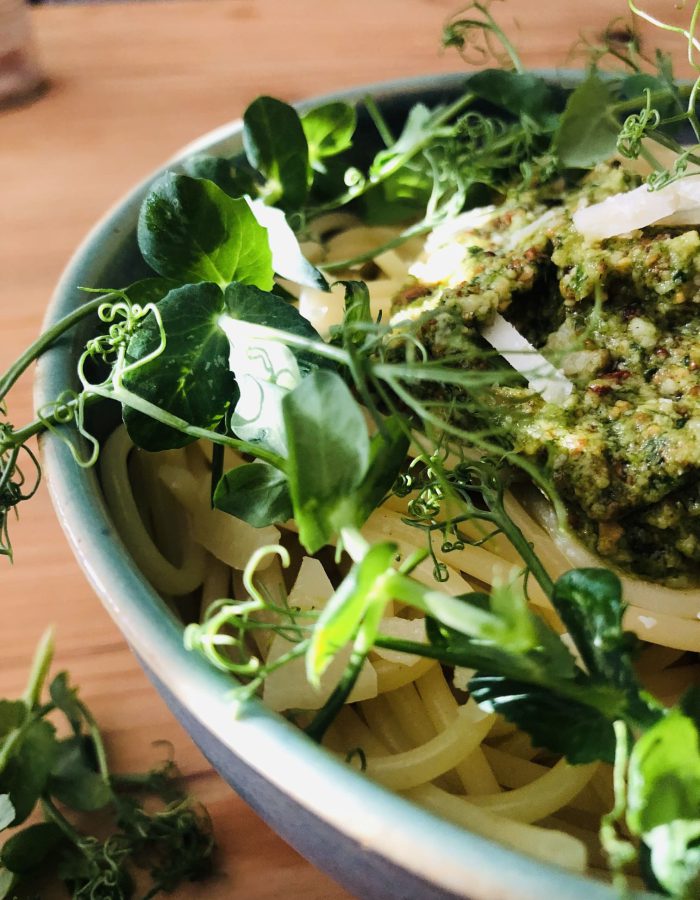
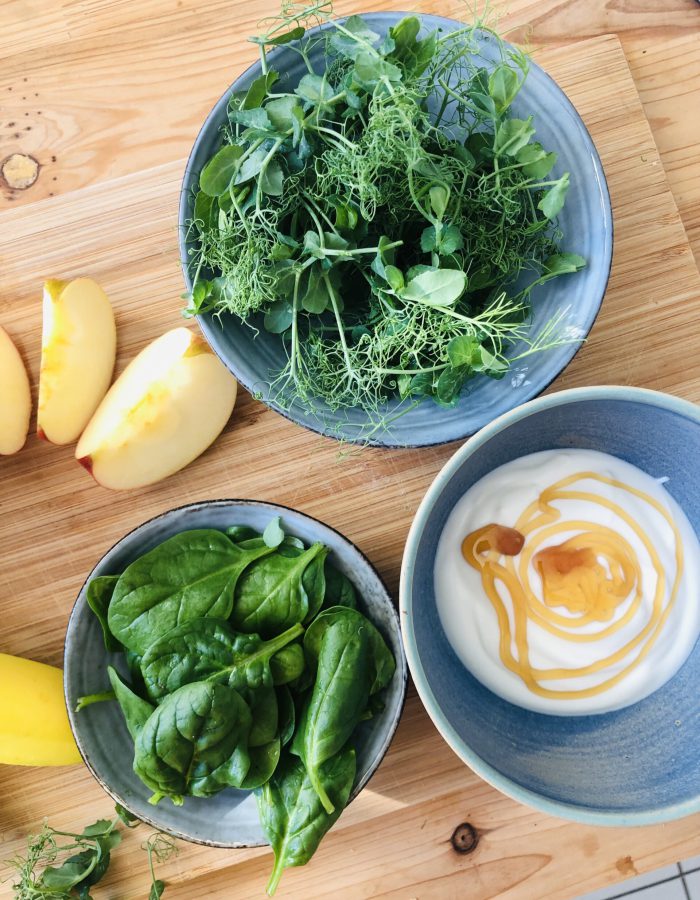

Microgreens-they grow up so fast!
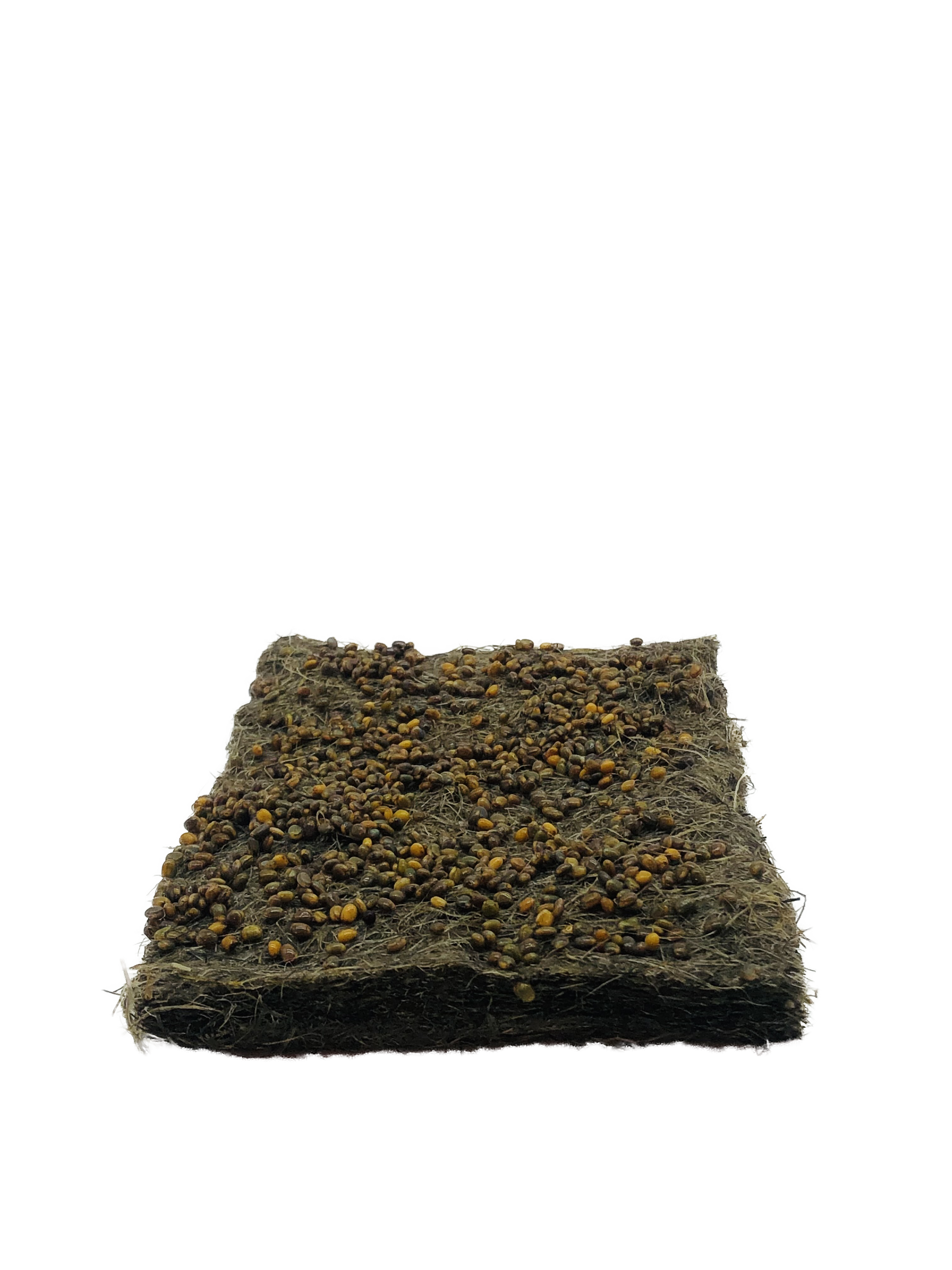
From sowing...
We grow the plants from seed to finished product. Already in the germination phase we take intensive care of the little plants and prepare them perfectly for the later growth phase.
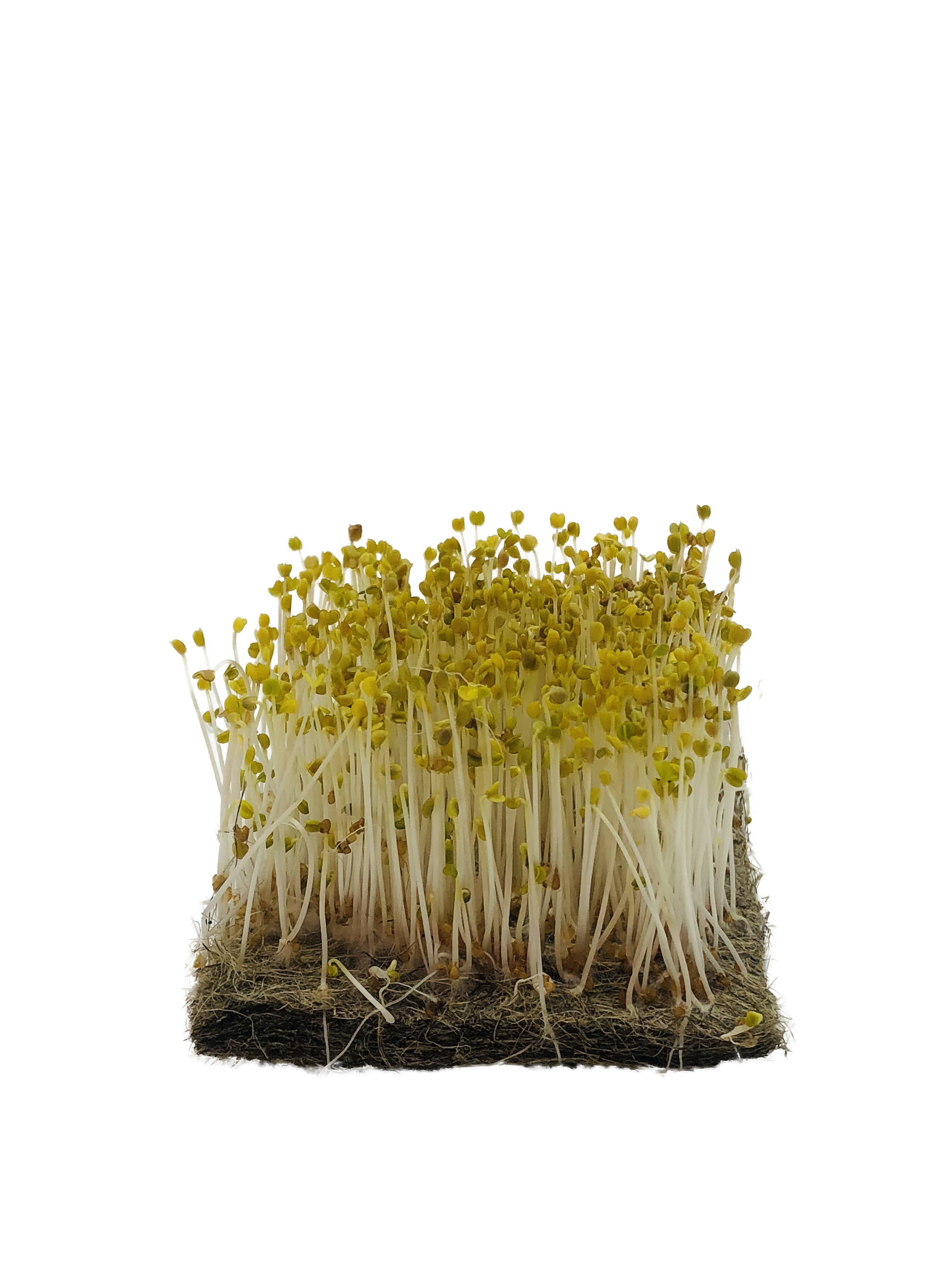
...about the growth phase...
After the plants germinate in darkness, they come under the light. There they further develop especially their leaves and begin to form chlorophyll.
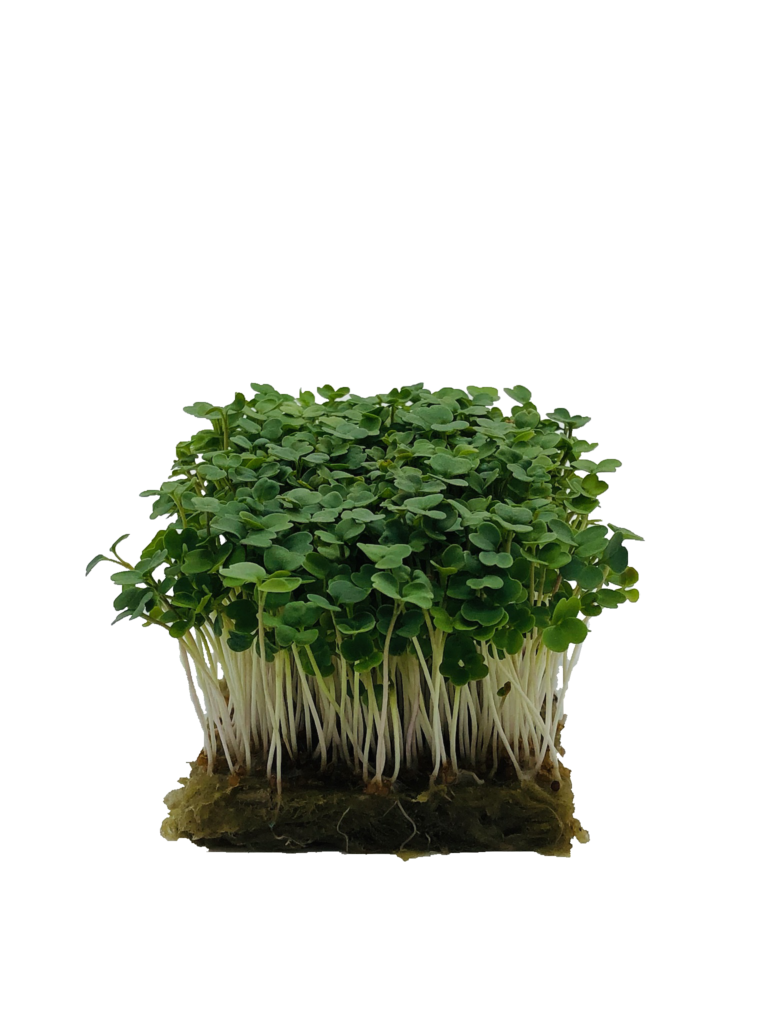
...to the finished product.
After 2 to 9 days, the microgreens are fully grown and have taken on their final color. Now they are ready to land fresh on the plate!
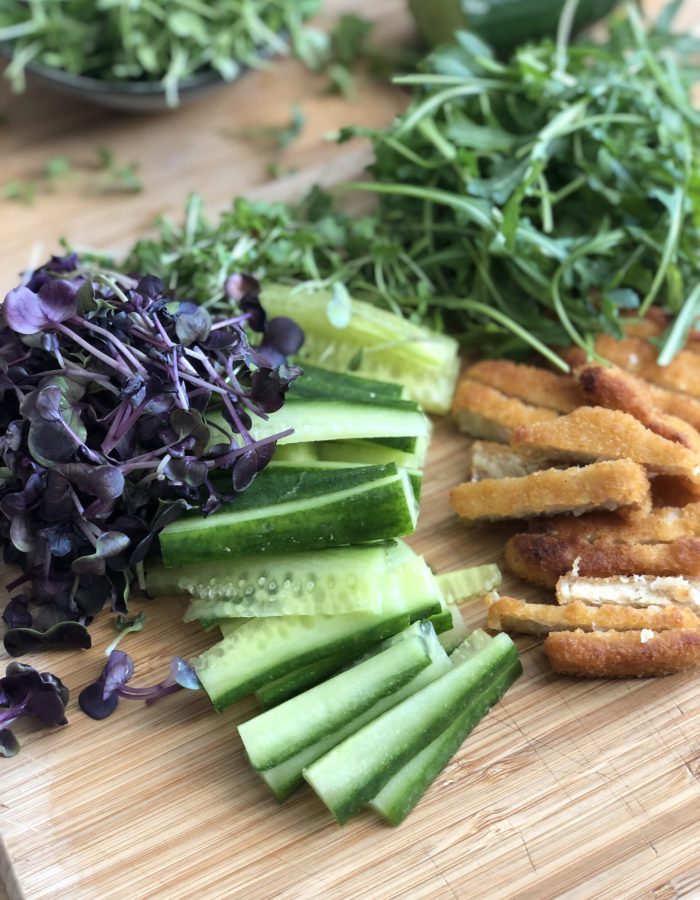
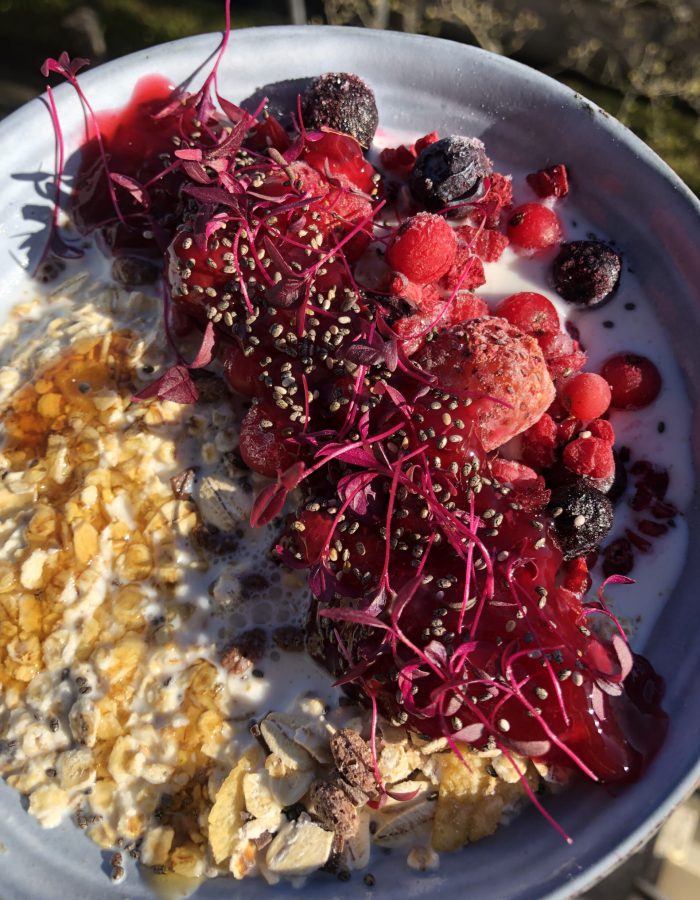
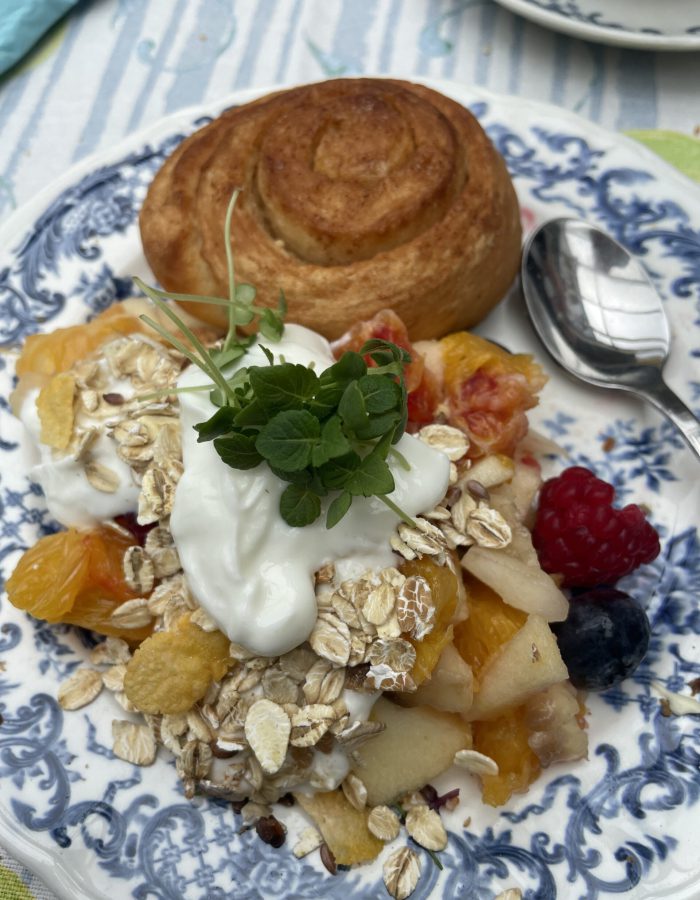
How do I store the greens?
To keep the microgreens fresh as long as possible, they are best kept in the refrigerator. If they are to be stored longer, it is recommended to keep the substrate moist so that the micros do not dry out.
Thus, the sprouts not yet harvested should remain fresh for a week, some varieties can be kept fresh in this way even longer.
our varieties

purple radish
Geschmack, Verwendung & Inhaltsstoffe
Tastes spicy, like radish.
Pairs well with:
cold dishes such as salads, bread with spread, sushi, fish dishes.
Nutrients: vitamin B1 and B6, vitamin C, biotin, phosphorus, molybdenum.
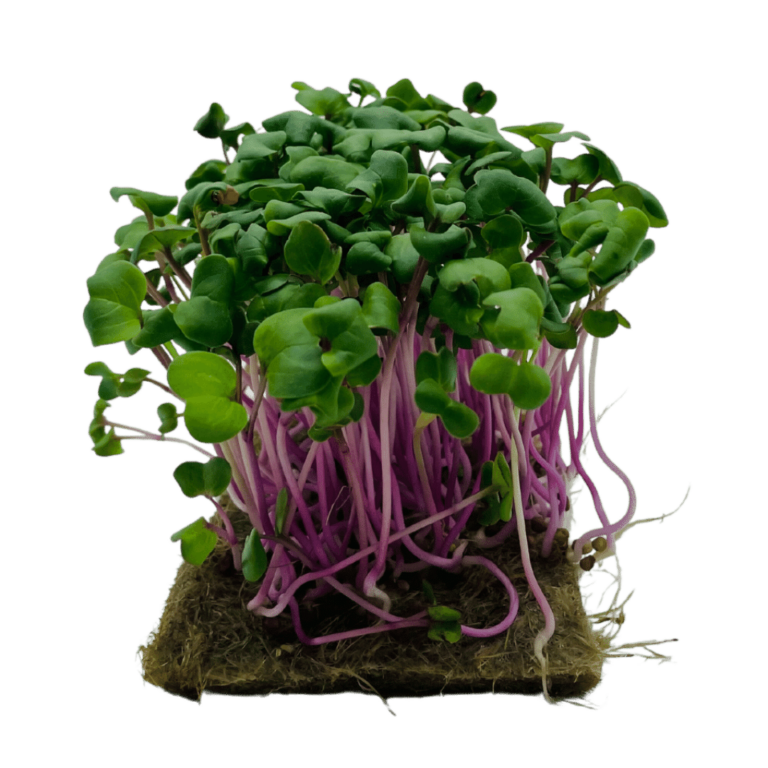
pink radish
Geschmack, Verwendung & Inhaltsstoffe
Tastes spicy, like radish.
Pairs well with:
cold dishes such as salads, bread with spread, sushi, fish dishes.
Nährstoffe: Vitamin B3, B6 und B9, Vitamin C, Phosphor.

Daikon radish
Geschmack, Verwendung & Inhaltsstoffe
Tastes spicy, like horseradish.
Pairs well with:
cold dishes such as salads, bread with spread, sushi, fish dishes.
Nutrients: vitamin A, vitamin B2, vitamin C, calcium.

mustard
Geschmack, Verwendung & Inhaltsstoffe
Tastes spicy, like mustard or wasabi.
Pairs well with:
Fischgerichten, Sushi, in Salaten.
Nutrients: vitamin C, vitamin K, calcium, vitamin A, vitamin B9, manganese, molybdenum.
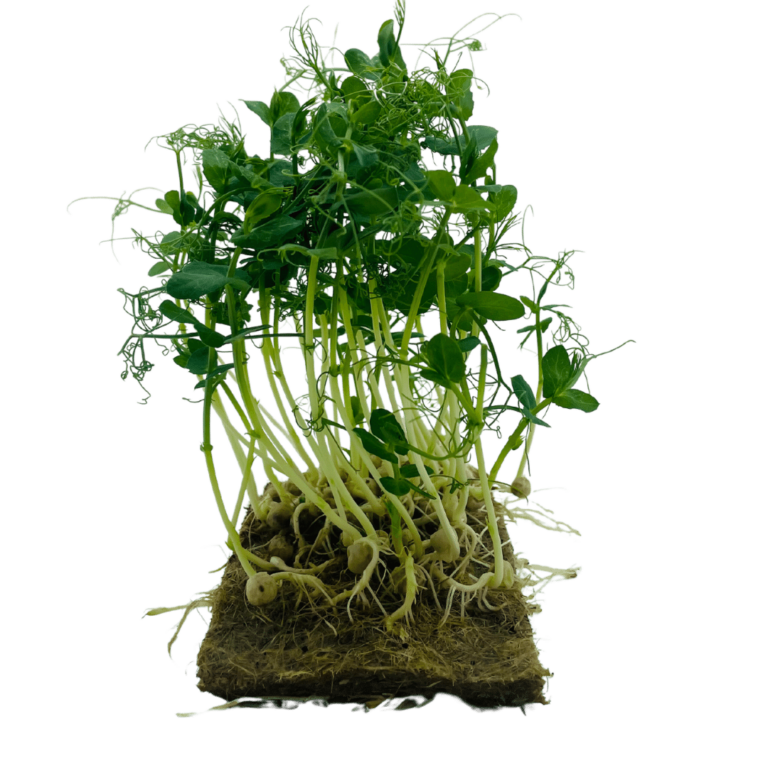
peashoots Affila
Geschmack, Verwendung & Inhaltsstoffe
Tastes sweetly like young peas.
Pairs well with:
kalten und warmen Gerichten, Salaten, Fischgerichten, Fleischgerichte, Sushi, Wokgerichte.
Nährstoffe: Vitamin B1, B2 und B3, Biotin, Kupfer, Selen, Kalzium, Vitamin C.
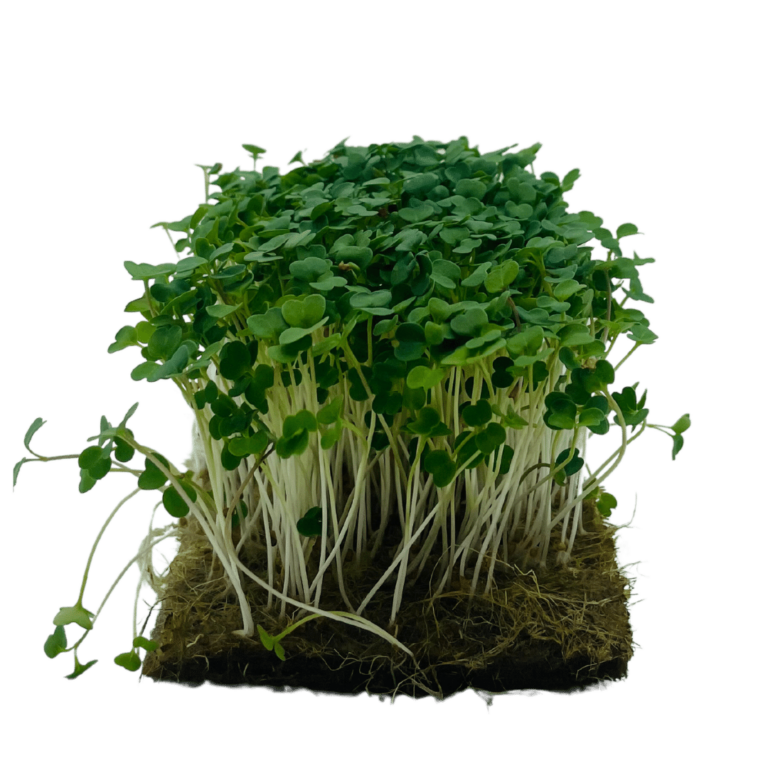
rocket
Geschmack, Verwendung & Inhaltsstoffe
Tastes nutty, spicy, very intense.
Pairs well with:
Bread with spread, salads, pasta, pizza, meat and fish dishes (raw).
Nutrients: vitamin A, vitamin C and iron.

Wheatgrass
Geschmack, Verwendung & Inhaltsstoffe
Tastes fresh and sweet.
Pairs well with:
Smoothies!
Nutrients: vitamin A, vitamin C, vitamin E, calcium, magnesium.
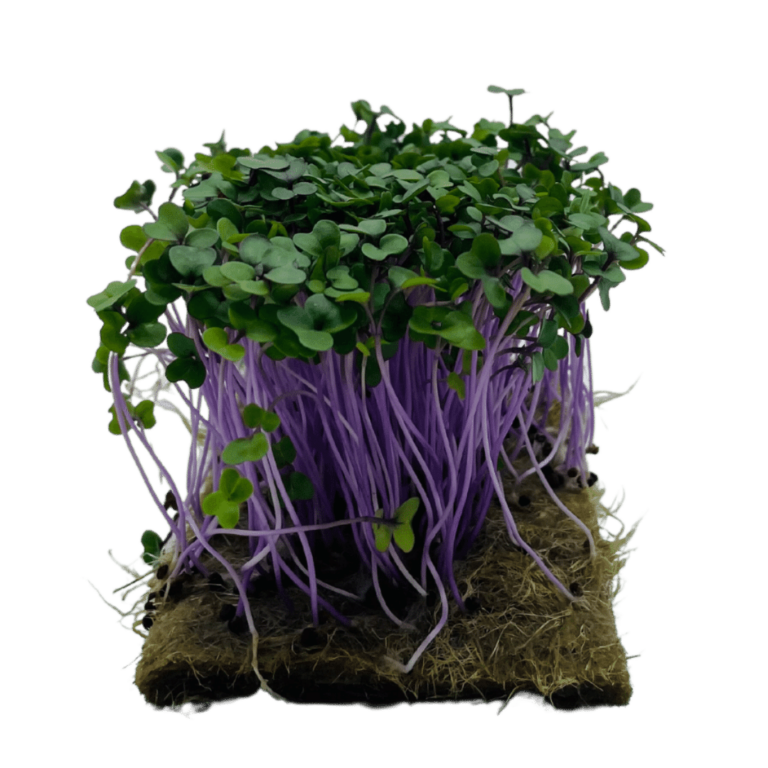
purple kale
Geschmack, Verwendung & Inhaltsstoffe
Tastes like fresh cabbage.
Pairs well with:
Fish and meat dishes, salads, soups, sandwiches.
Nutrients: vitamin B1 and B6, vitamin C, biotin, phosphorus, manganese.
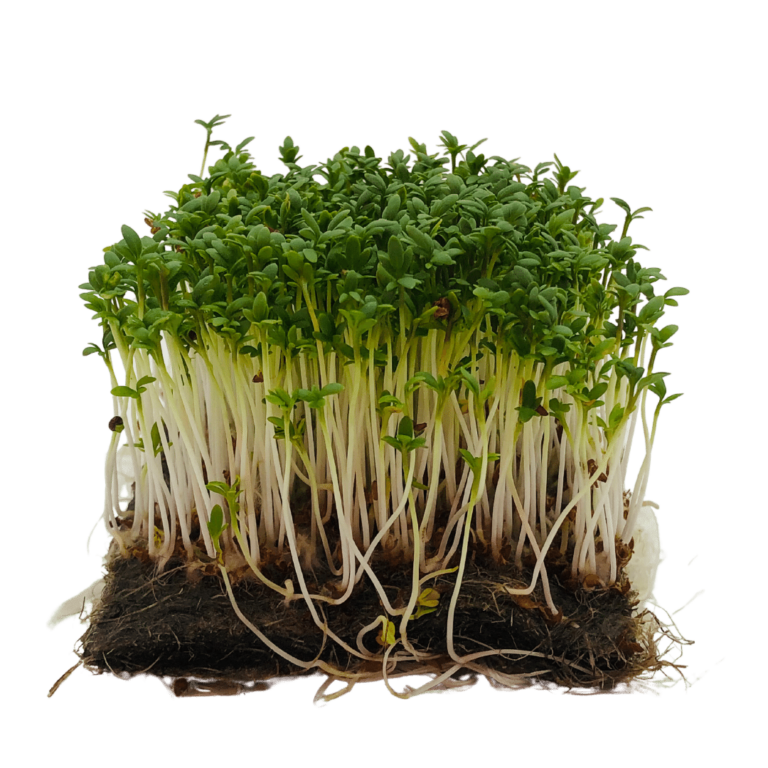
garden cress
Geschmack, Verwendung & Inhaltsstoffe
Tastes slightly spicy mustard.
Pairs well with:
Breads with cold cuts, soups, meat dishes, pasta, salads, sandwiches.
Nutrients: vitamin C, vitamin E, vitamin K, vitamin B9, iron, biotin, calcium.
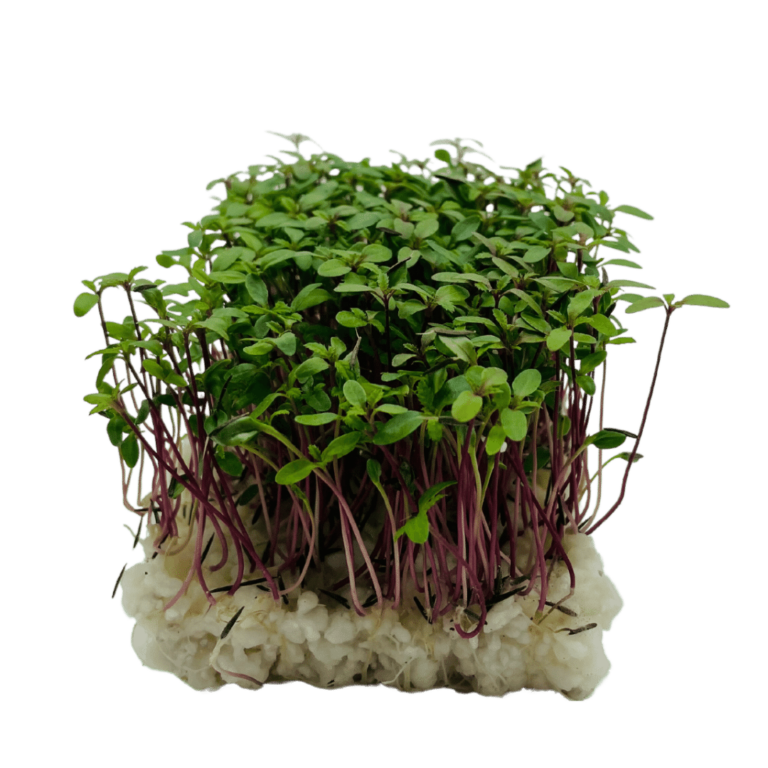
marigold
Geschmack, Verwendung & Inhaltsstoffe
Tastes fresh, lemony, minty.
Pairs well with:
Dessert dishes, sushi, cocktails, long drinks, also poultry and fish dishes.
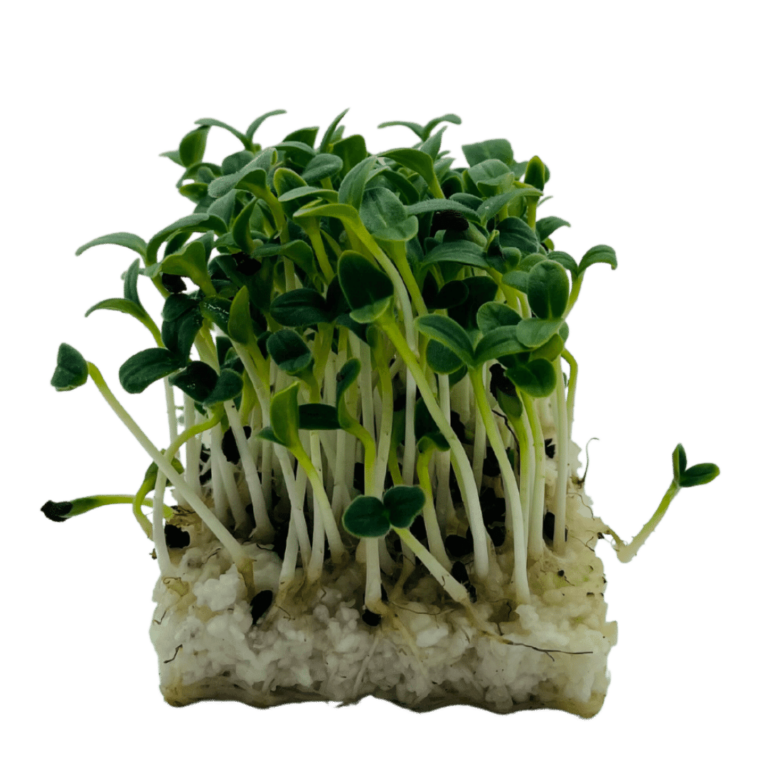
borage
Geschmack, Verwendung & Inhaltsstoffe
Tastes fresh and crunchy like cucumber.
Pairs well with:
Fish dishes, seafood, mussels, oysters, in long drink in combination with gin.
Nutrients: rich in calcium.
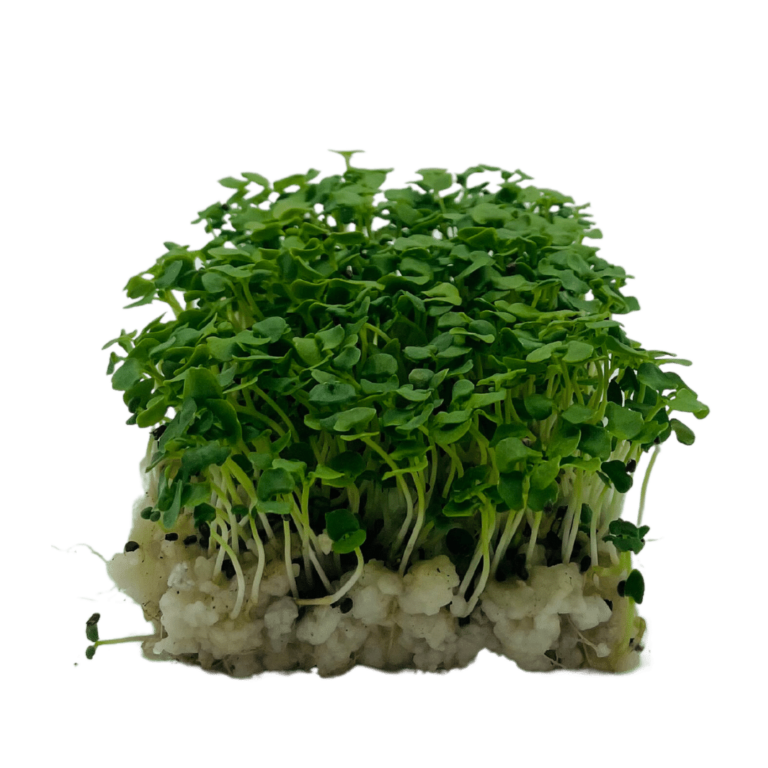
Basil
Geschmack, Verwendung & Inhaltsstoffe
Tastes like full-grown basil Genovese style.
Pairs well with:
Meat dishes, pasta, pizza, salads or dessert dishes.
Nutrients: vitamin B2, vitamin C, calcium, iron.
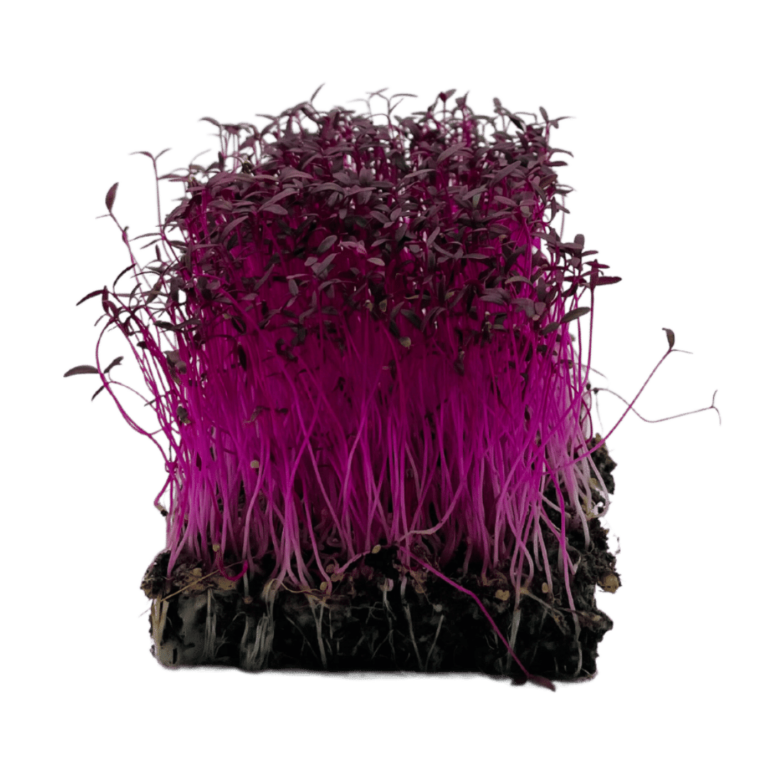
purple amaranthus
Geschmack, Verwendung & Inhaltsstoffe
Tastes earthy, reminiscent of beet.
Pairs well with:
Dessert dishes, as a decoration for drinks, salads, sandwiches, meat dishes.
Nutrients: vitamins K, E and C, calcium, iron and beta-carotene.

Chinese Chives
Geschmack, Verwendung & Inhaltsstoffe
Schmeckt wie eine Mischung aus Schnittlauch und Knoblauch.
Pairs well with:
All dishes in which garlic is used: Cheese, bread with spread, fish dishes, meat dishes, salads, pasta, etc.
Nutrients: vitamin A, vitamin B1, B9 and B12, vitamin C, vitamin E, vitamin K, copper, manganese, thiamine.
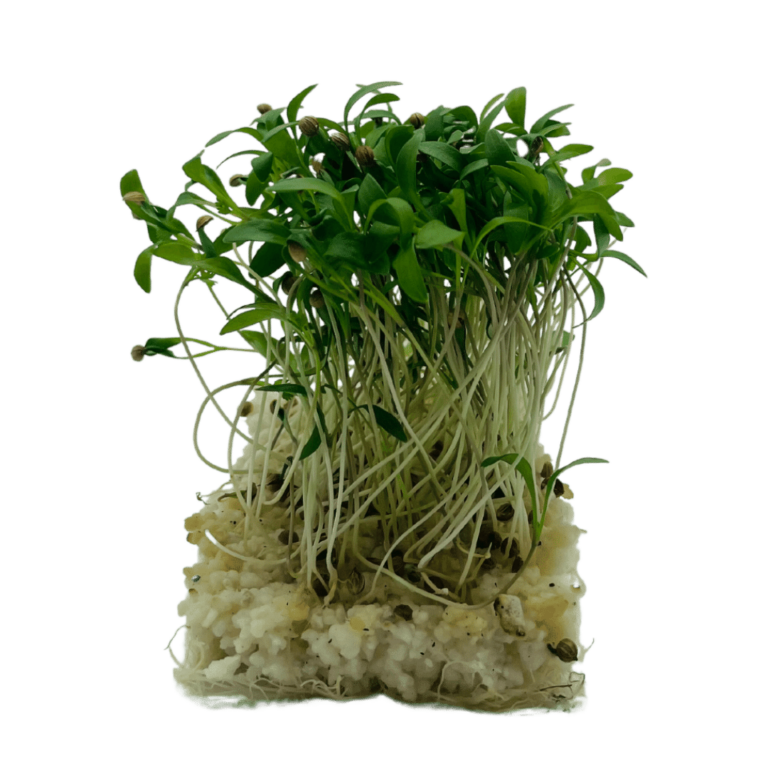
Cilantro
Geschmack, Verwendung & Inhaltsstoffe
light citrus flavor, like full-grown coriander.
Pairs well with:
Fish dishes, poultry, soups, salads.
Nährstoffe: Vitamin A, Vitamin E, Vitamin D, Vitamin K, Kalium, Kupfer, Mangan.
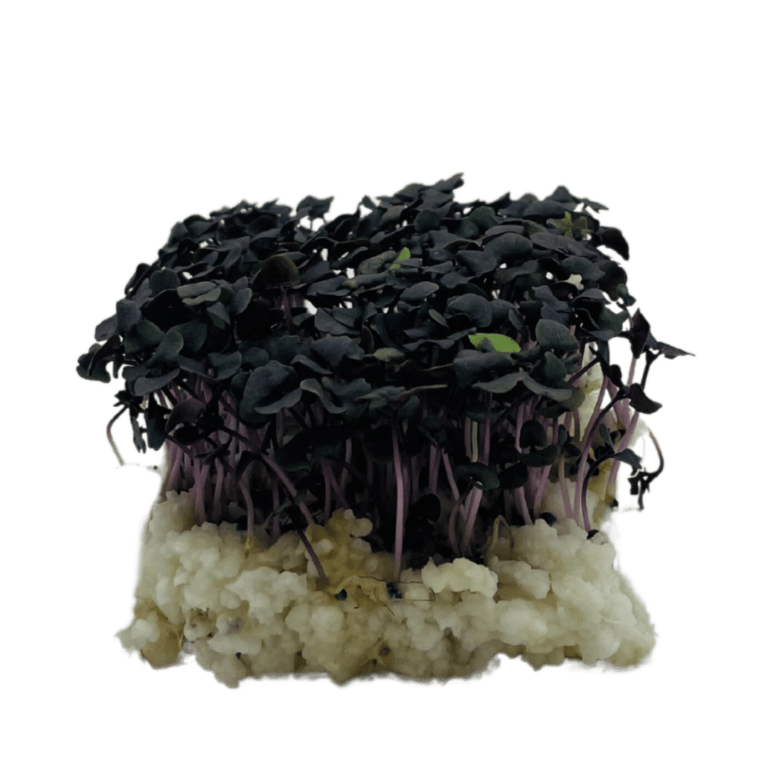
bordeaux basil
Geschmack, Verwendung & Inhaltsstoffe
Tastes slightly spicy and sweet, similar to basil genovese.
Pairs well with:
Meat dishes, pasta, sandwiches, salads.
Nutrients: vitamins A, B, C, E and K, calcium, iron, potassium, magnesium.

Shiso green
Geschmack, Verwendung & Inhaltsstoffe
Tastes sweetly of anise and mint.
Pairs well with: Desserts, salads and especially with raw fish as in sushi, but also with other fish dishes.
Nutrients: vitamin C, vitamin B2, calcium.

Nasturtium
Geschmack, Verwendung & Inhaltsstoffe
Tastes very spicy and slightly like horseradish.
Goes well with: all fish dishes, cheese, in salads or in drinks with gin.
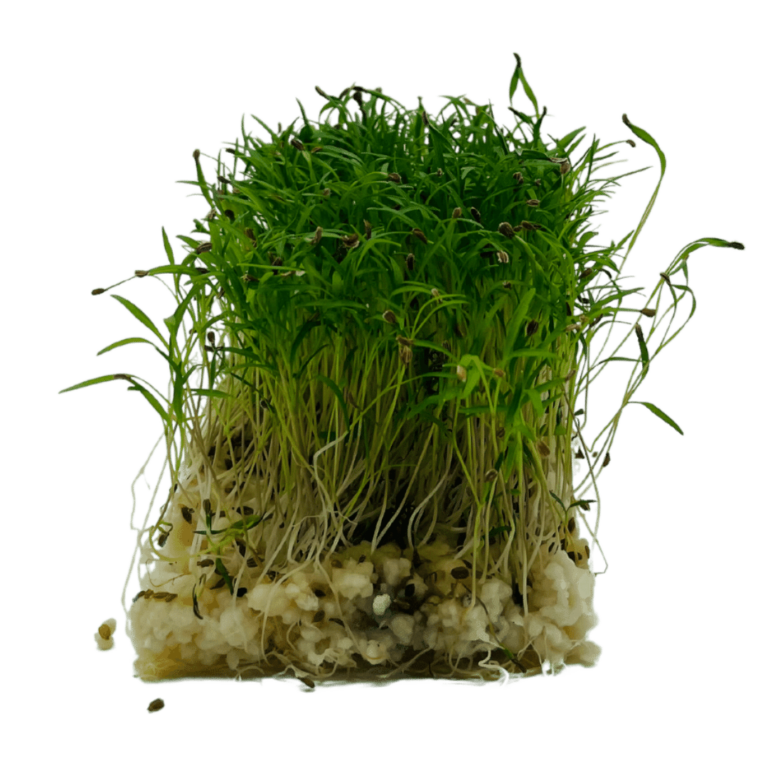
Karotte
Geschmack, Verwendung & Inhaltsstoffe
Schmeckt wie das frische Grün von Karotten.
Pairs well with: Salaten, auf dem Brot und Gerichten mit Kartoffeln.
Nährstoffe: Eisen, Magnesium, Phosphor, Vitamin A, B6 und C.
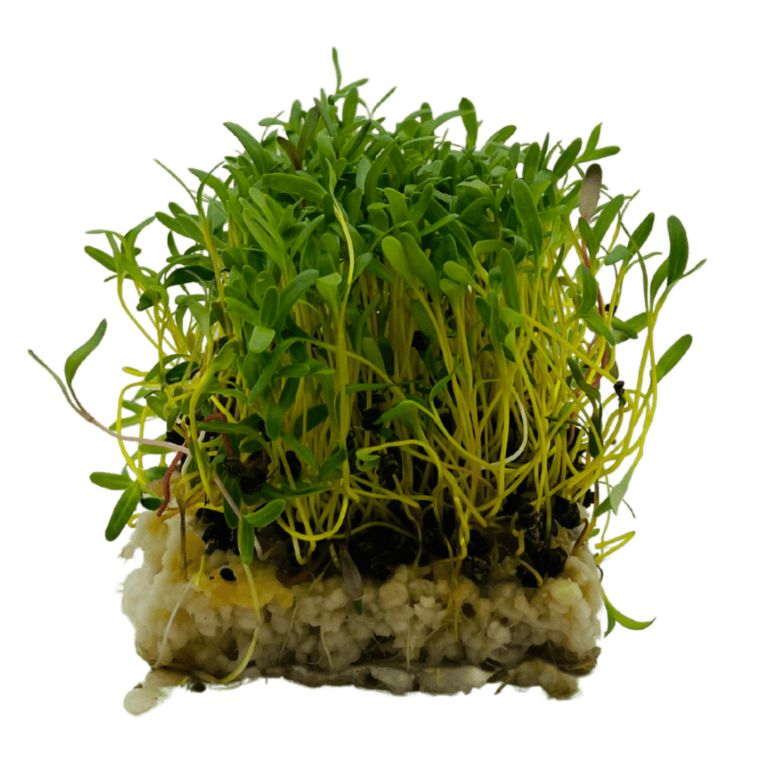
swiss chard
Geschmack, Verwendung & Inhaltsstoffe
Schmeckt ähnlich wie Spinat und Rote Beete.
Passt gut zu: frischen Salaten, Smoothies oder als bunte Deko.
Nährstoffe: Eisen, Kalium, Kalzium, Magnesium, Phosphor, Vitamine A, B1, B2, B3, B4, B5, B6.
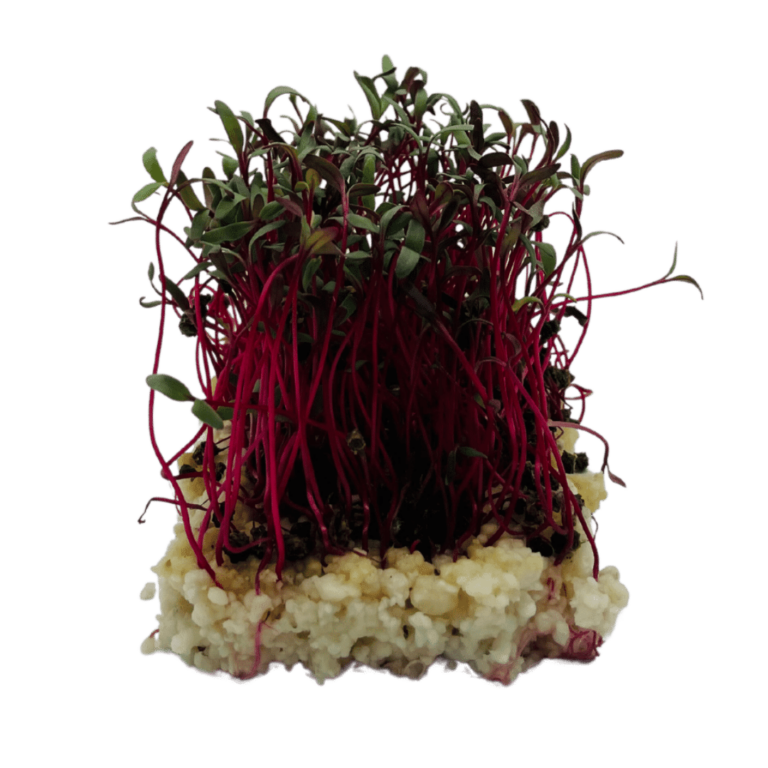
Geschmack, Verwendung & Inhaltsstoffe
Hat den typisch erdigen Geschmack von Roter Beete.
Pairs well with: frischen Salaten, Smoothies oder als bunte Deko.
Nährstoffe: Eisen, Kalium, Kalzium, Magnesium, Phosphor, Vitamine A, B1, B2, B3, B4, B5, B6.
